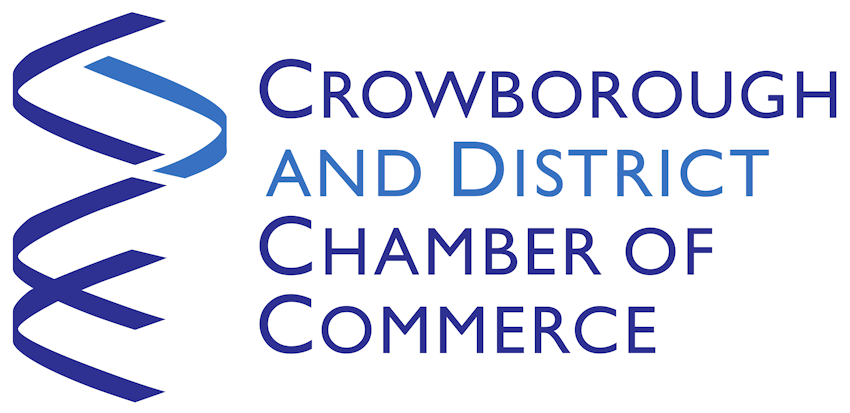When it comes to writing a business plan, one crucial aspect that cannot be overlooked is creating a comprehensive financial forecast. By projecting the future financial performance of your business, you present potential investors and lenders with a realistic and enticing vision of your venture. In this article, we explore the key steps to create a financial forecast that includes crucial elements including fixed costs, variable costs, balance sheets, cash flow statements, income statements, and cash flow projections.
Start with a solid foundation:
Before diving into the financial forecast, it is essential to gather all relevant information about the financial performance of your business. These include reviewing historical financial statements, such as income statements and balance sheets, to understand the past performance of your business and identify trends and patterns.
Estimating fixed and variable costs:
Fixed costs are crucial elements that remain constant regardless of the fluctuation of production or sales. These costs might include leases, salaries, insurance, utilities, or software subscriptions. On the other hand, variable costs fluctuate in direct correlation with your level of activity, such as raw material purchases, production costs, and sales commissions. By estimating both fixed and variable costs accurately, you gain a clear understanding of the overall cost structure of the business so you can make informed decisions.
Create a sales forecast:
The sales forecast acts as the basis for your financial projections, providing an estimate of the revenue your business anticipates generating over a specific period, usually 12 months. This projection should be based on market research, historical sales data (if applicable), industry trends, and an evaluation of the competitive advantages of your business. . The sales forecast will help you determine the expected cash inflows from operating activities.
Create financial projections:
With the sales forecast in place, it’s time to project your future financial performance. Begin by preparing a projection of the income statement, also known as a profit and loss statement (P&L), which outlines the expected sales revenue, costs, and resulting net income. Next, develop a balance sheet projection, which shows the assets, liabilities, and equity of your business at a specific point in time. Balance sheets provide valuable insights into the financial position of your business and help identify liquidity needs or potential concerns.
Cash flow projection:
Cash flow projections are essential for demonstrating to investors and lenders how your business will generate and manage cash in the future. Constructing a cash flow statement helps you predict the timing and amount of cash inflows and outflows, ensuring you have enough liquidity to cover expenses and ongoing operations. It displays the net increase or decrease in cash during a specific period, originating from operating, financing, and investing activities.
Revise and refine:
Creating accurate forecasts is a regular process that requires continuous monitoring and adjustment. Periodically re-visit your projections, update them with real-life data, and compare the actual results with your forecasts. This ongoing monitoring enables you to identify discrepancies and any problems, adjust your strategy, and provide stakeholders with reliable financial information.
Creating a financial forecast is a crucial part of any business plan. By integrating key components such as fixed and variable costs, balance sheets, cash flow statements, and income statements, you present a comprehensive financial picture of your business and its future performance. Accurate forecasts not only inspire confidence among investors and lenders but also provide you with invaluable insights into the financial health of your business and help with strategic decision-making. Remember that a well-prepared financial forecast enhances the overall credibility of your business plan, unlocking opportunities for growth and establishing a solid foundation for success.









